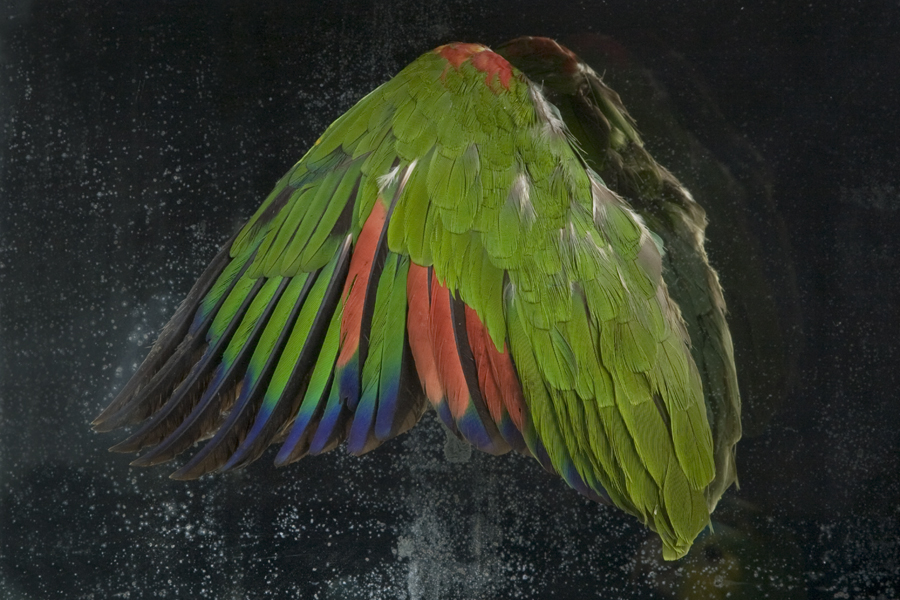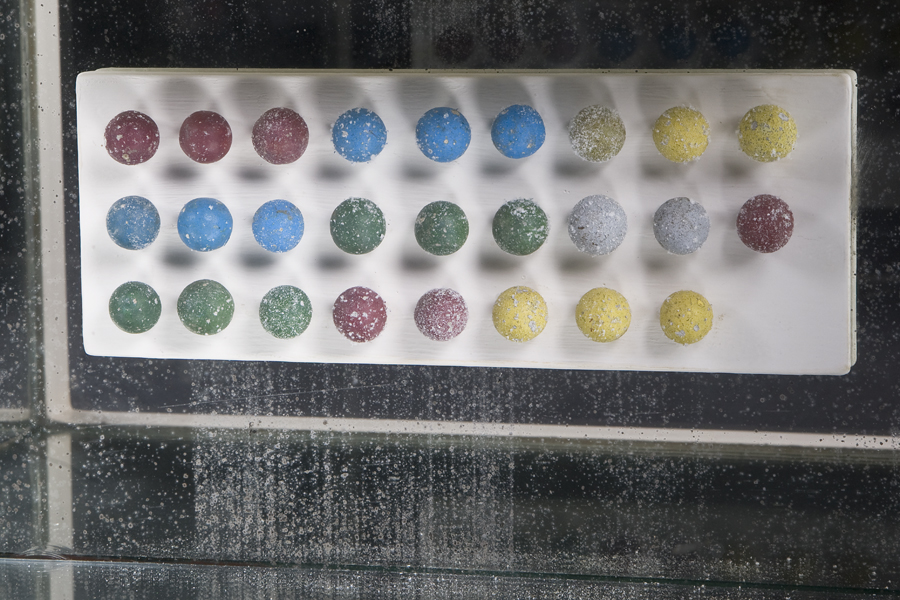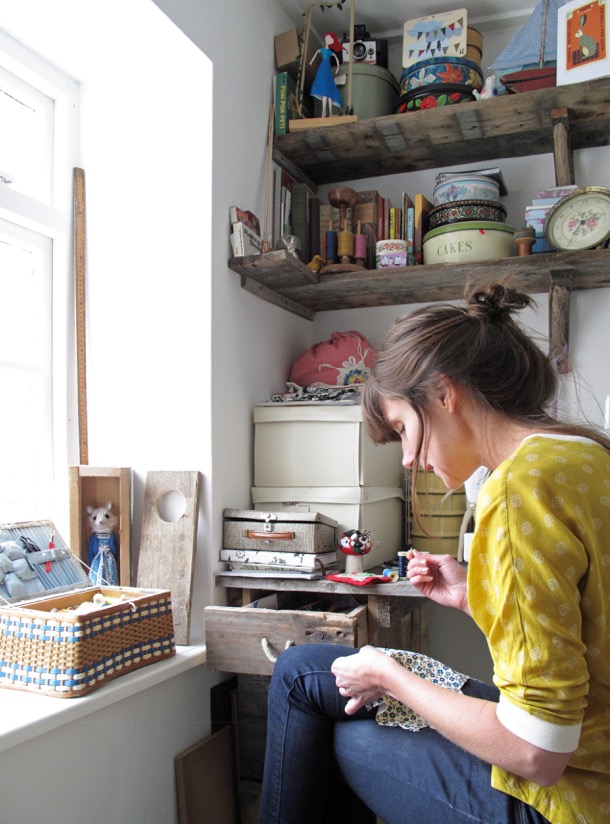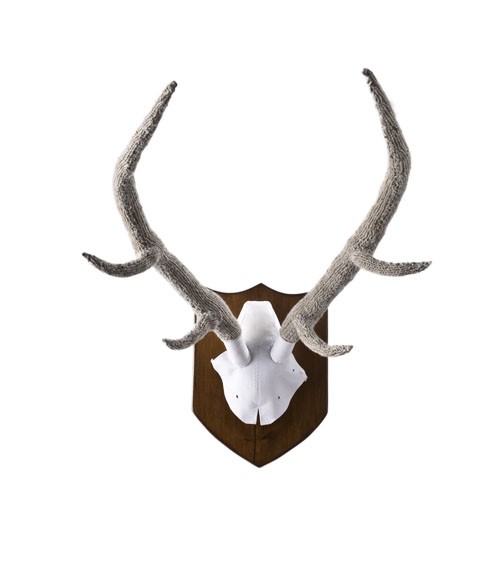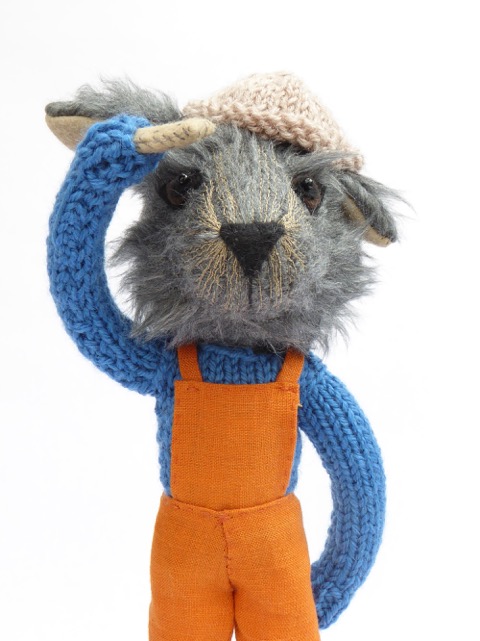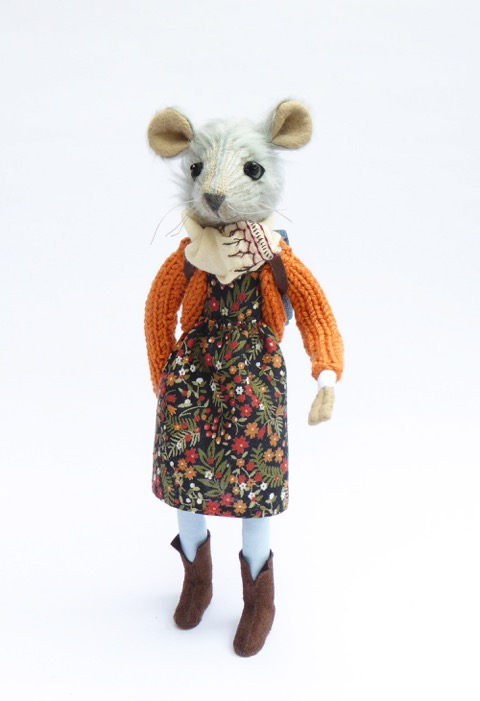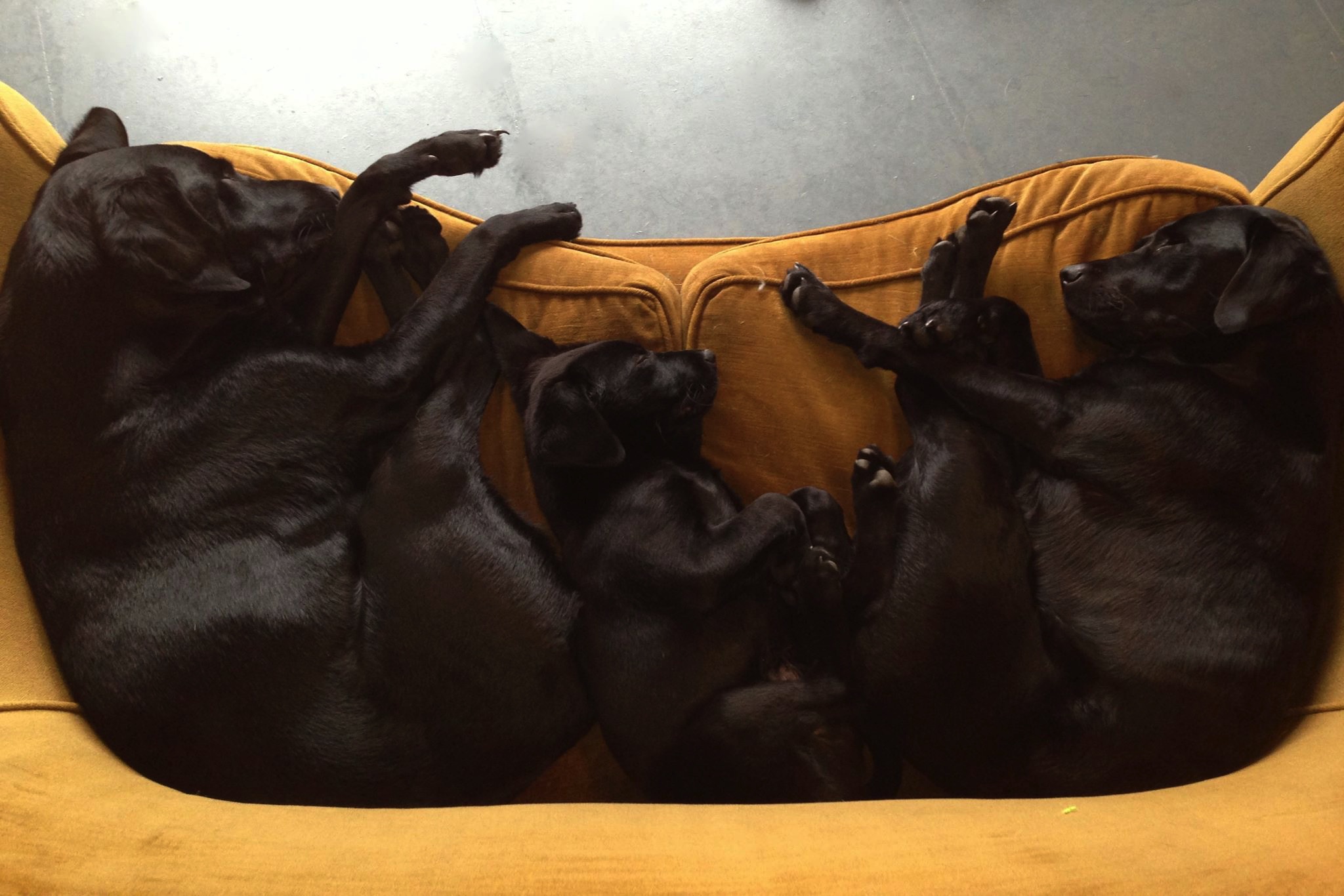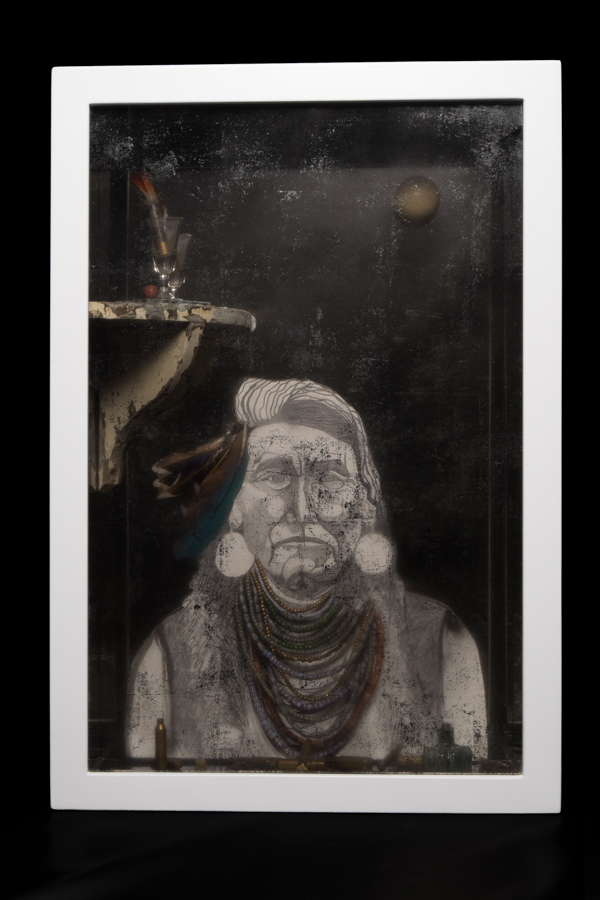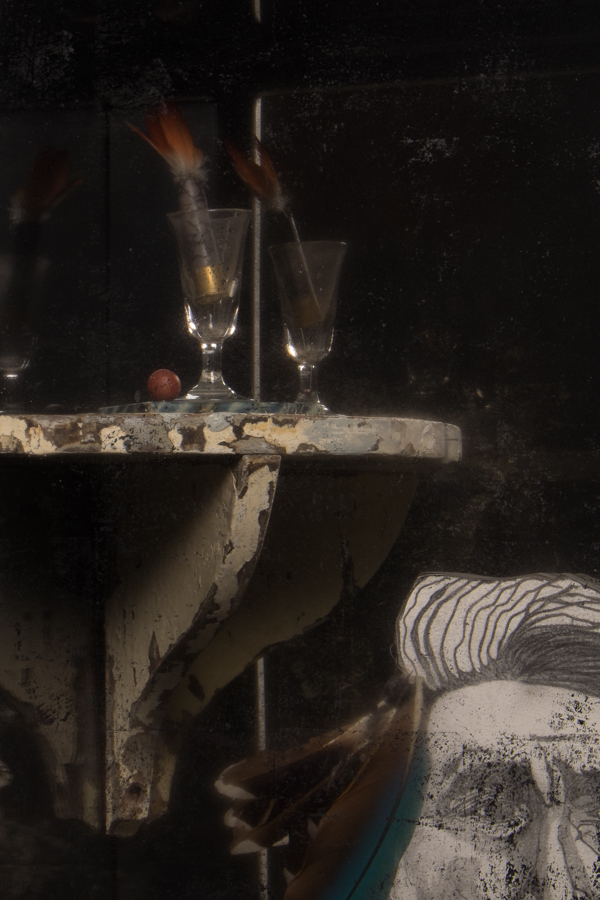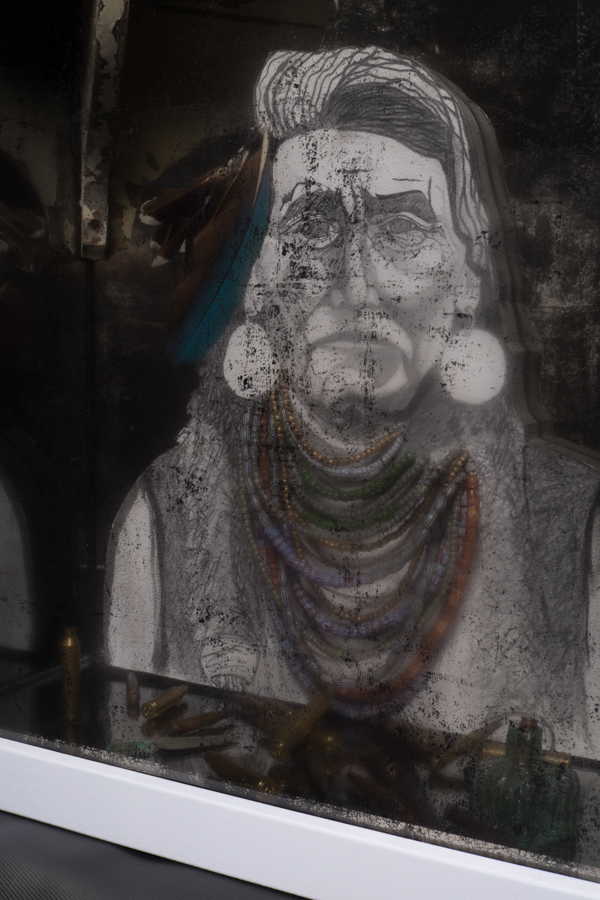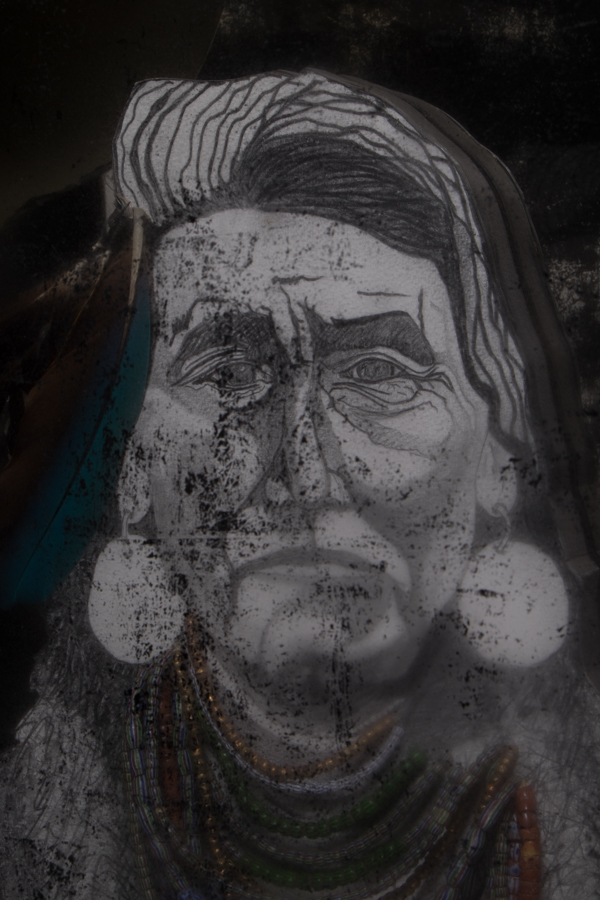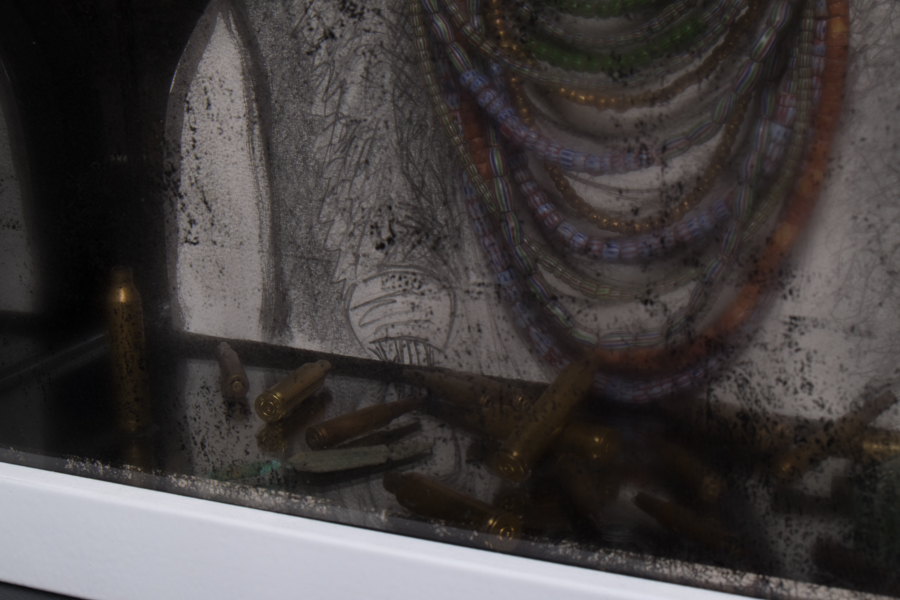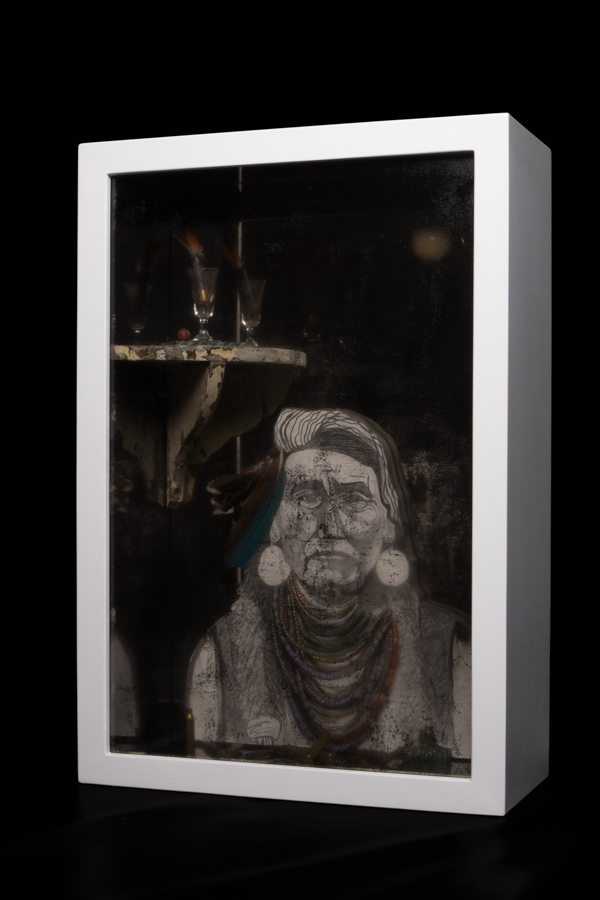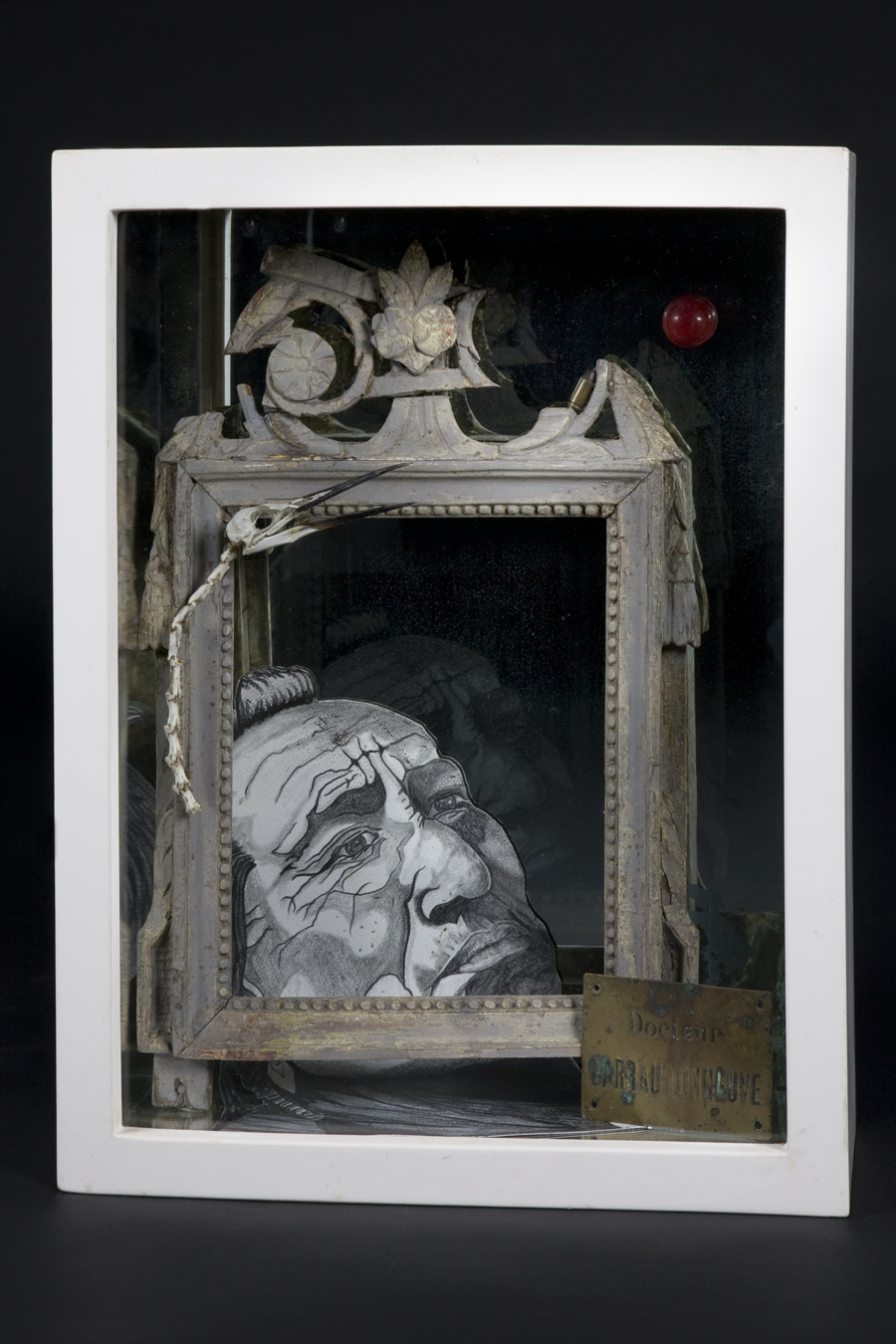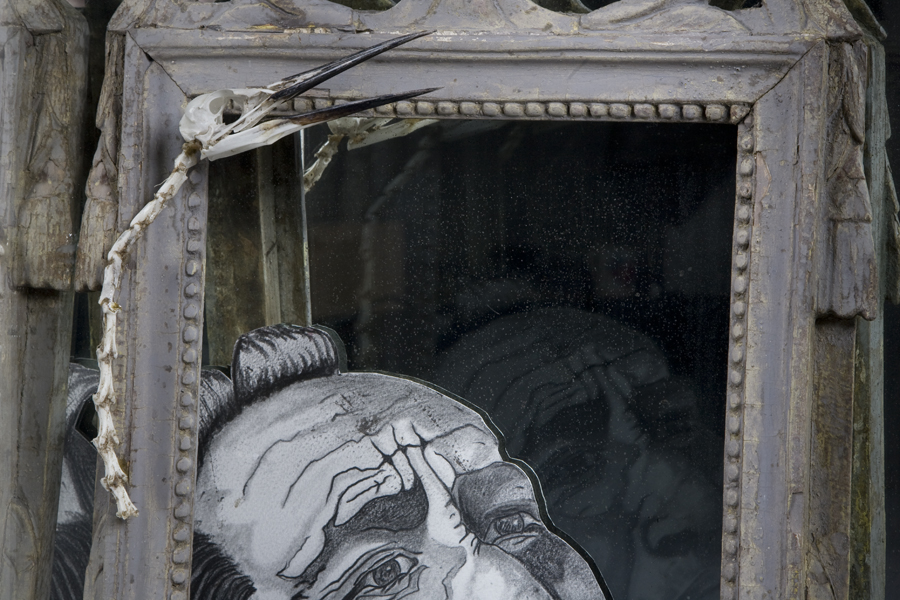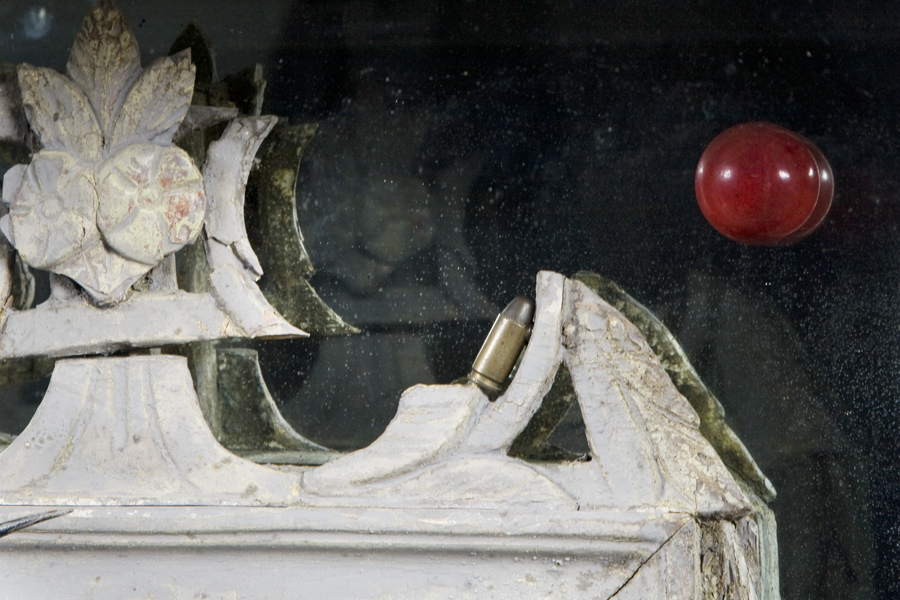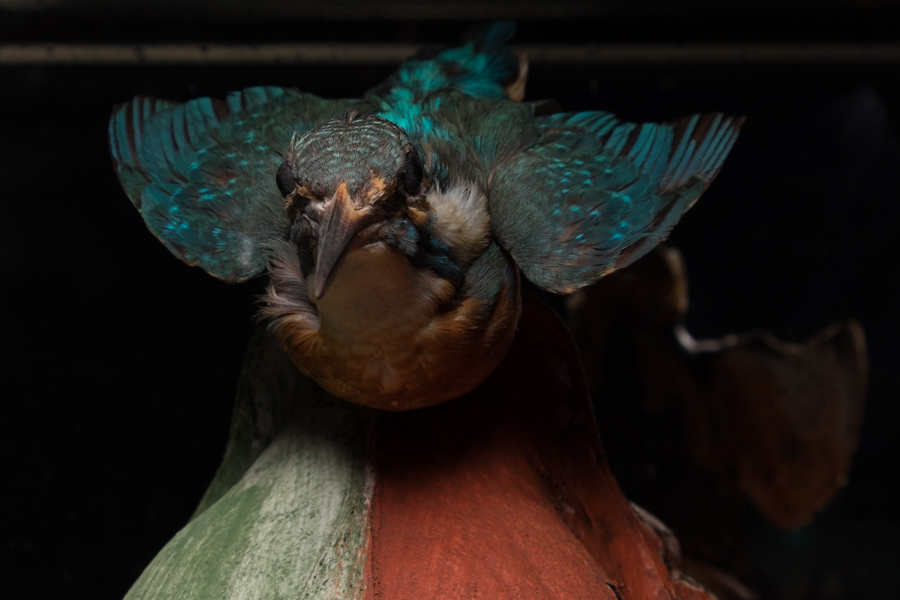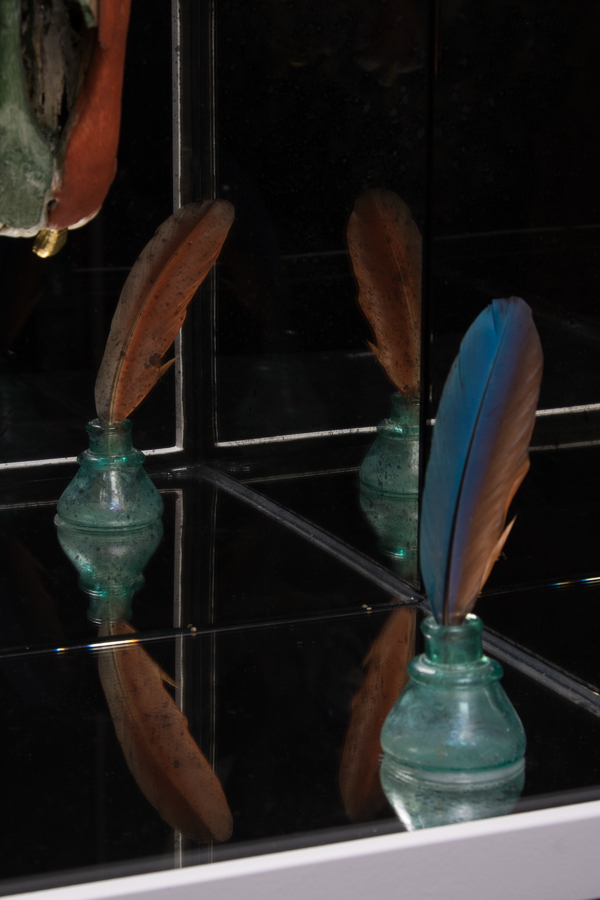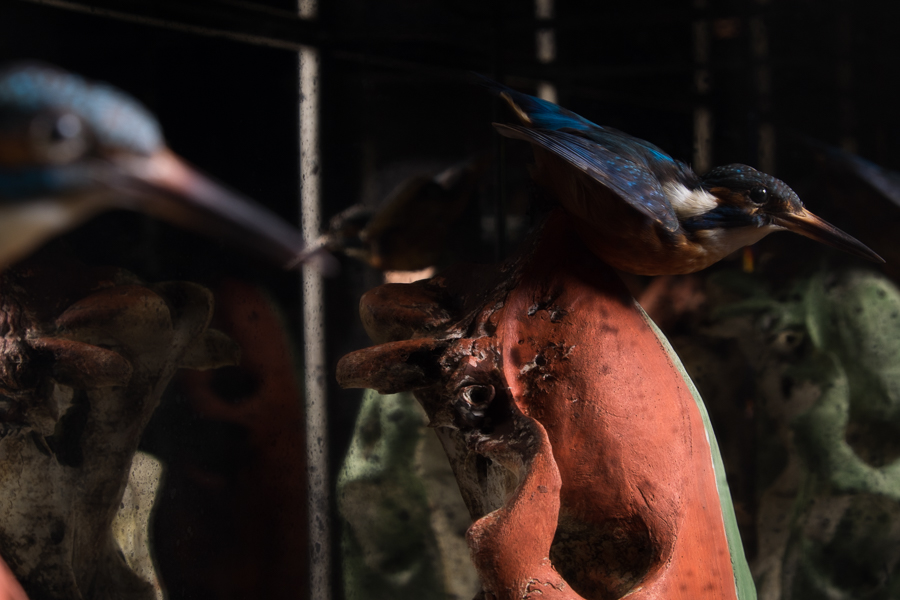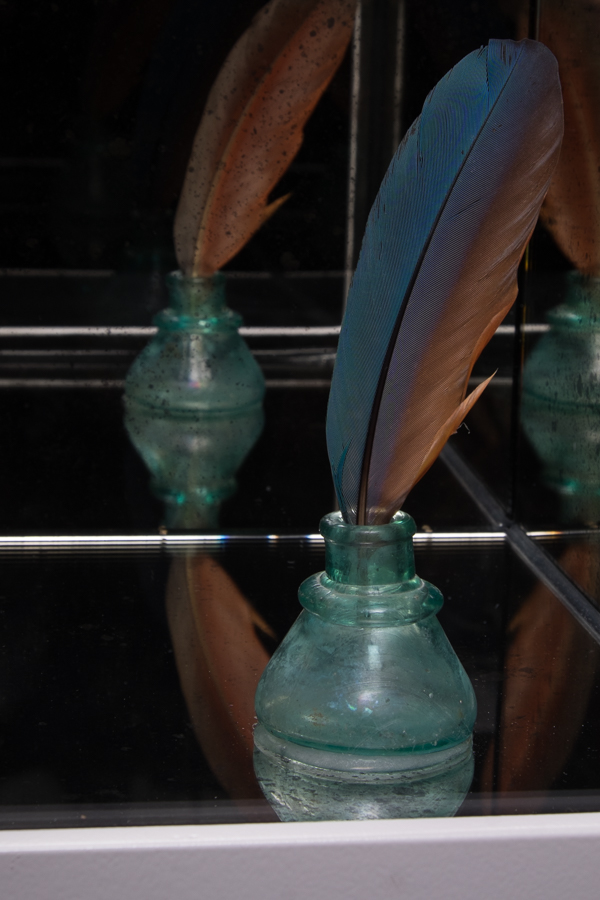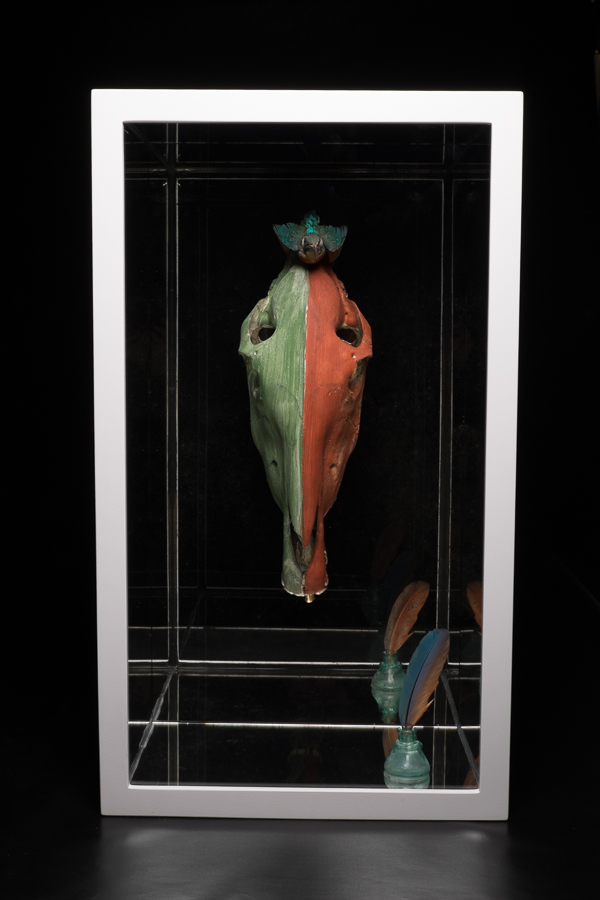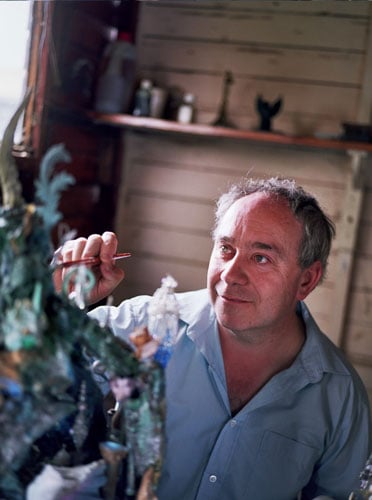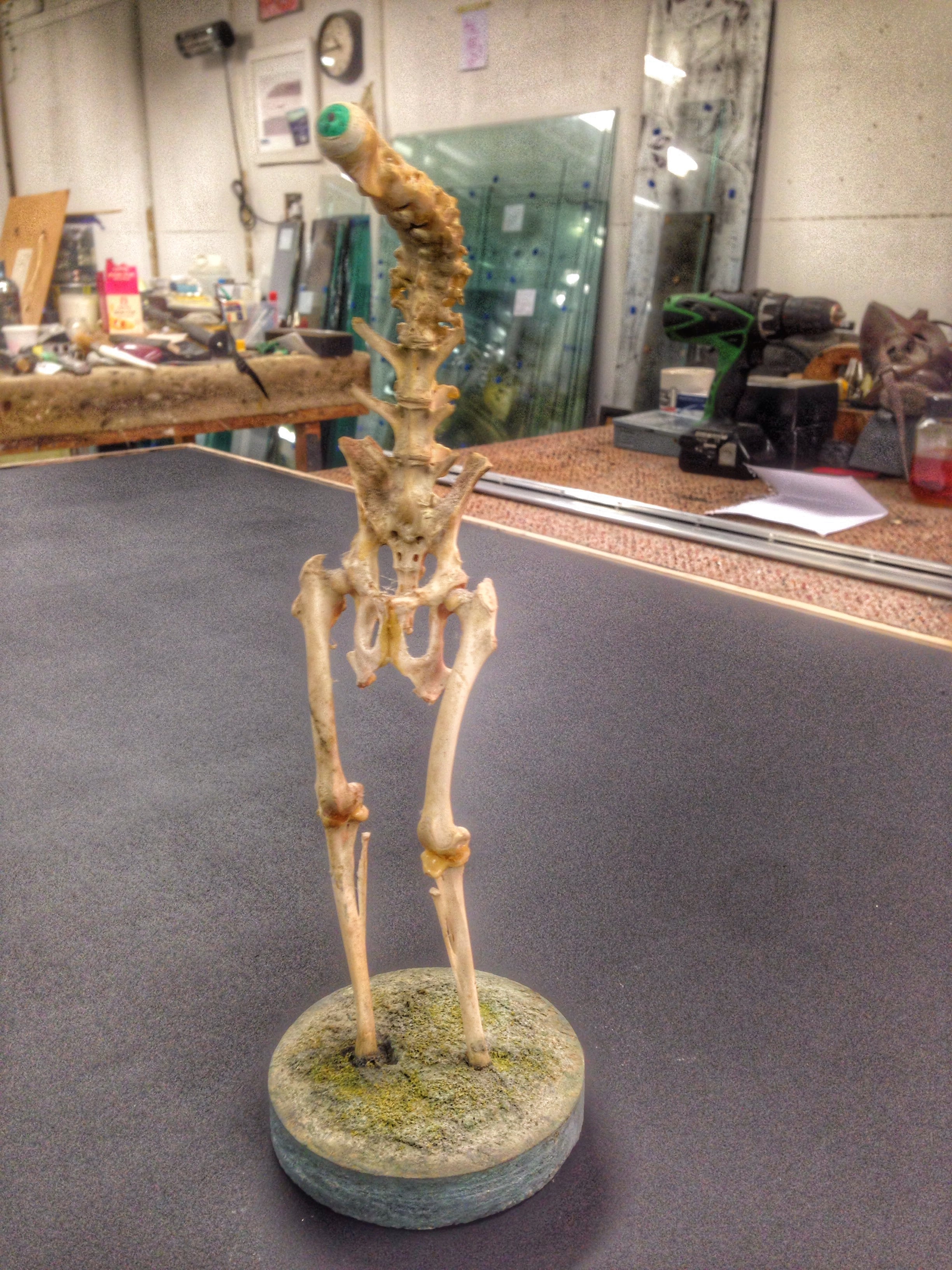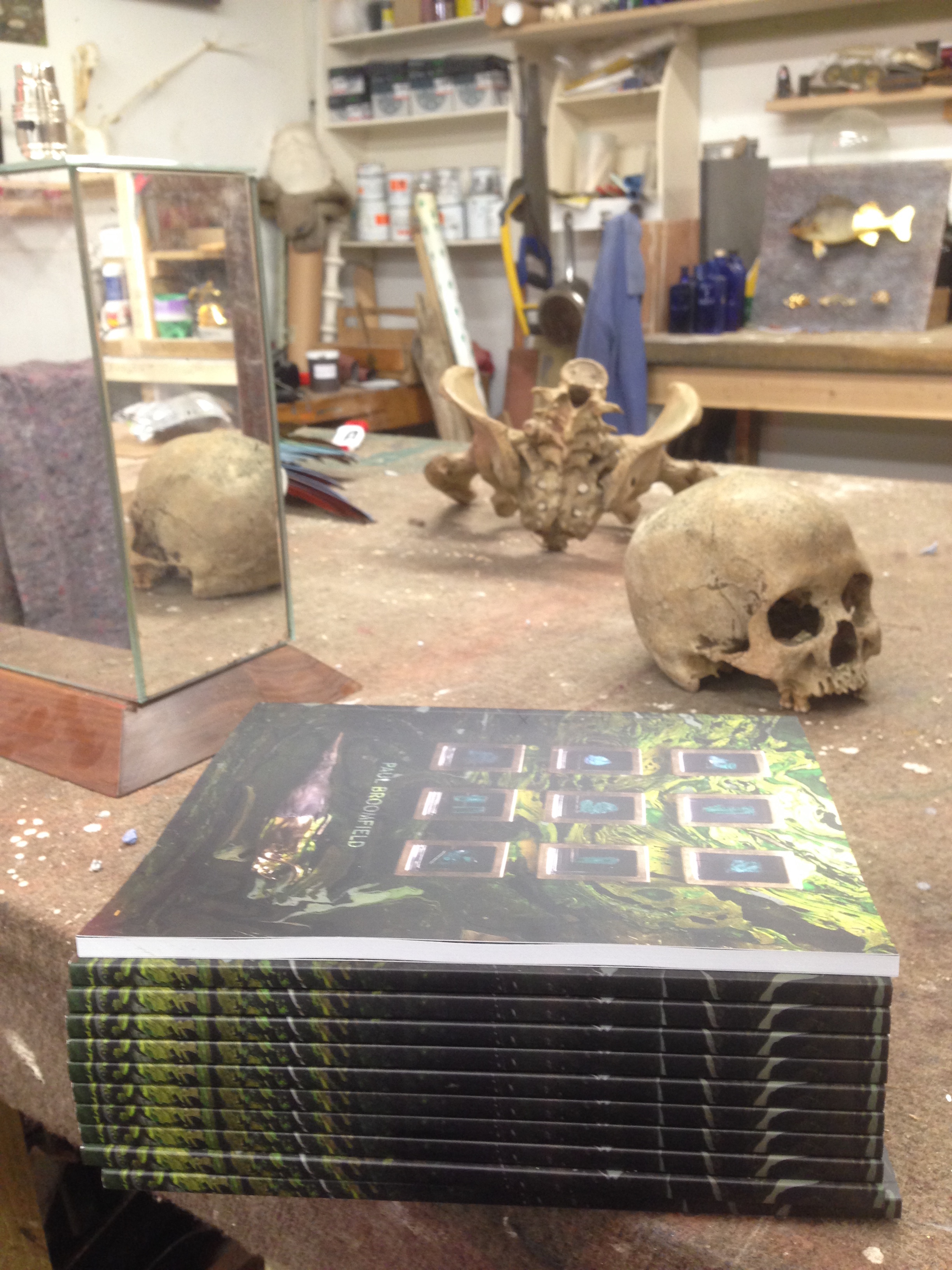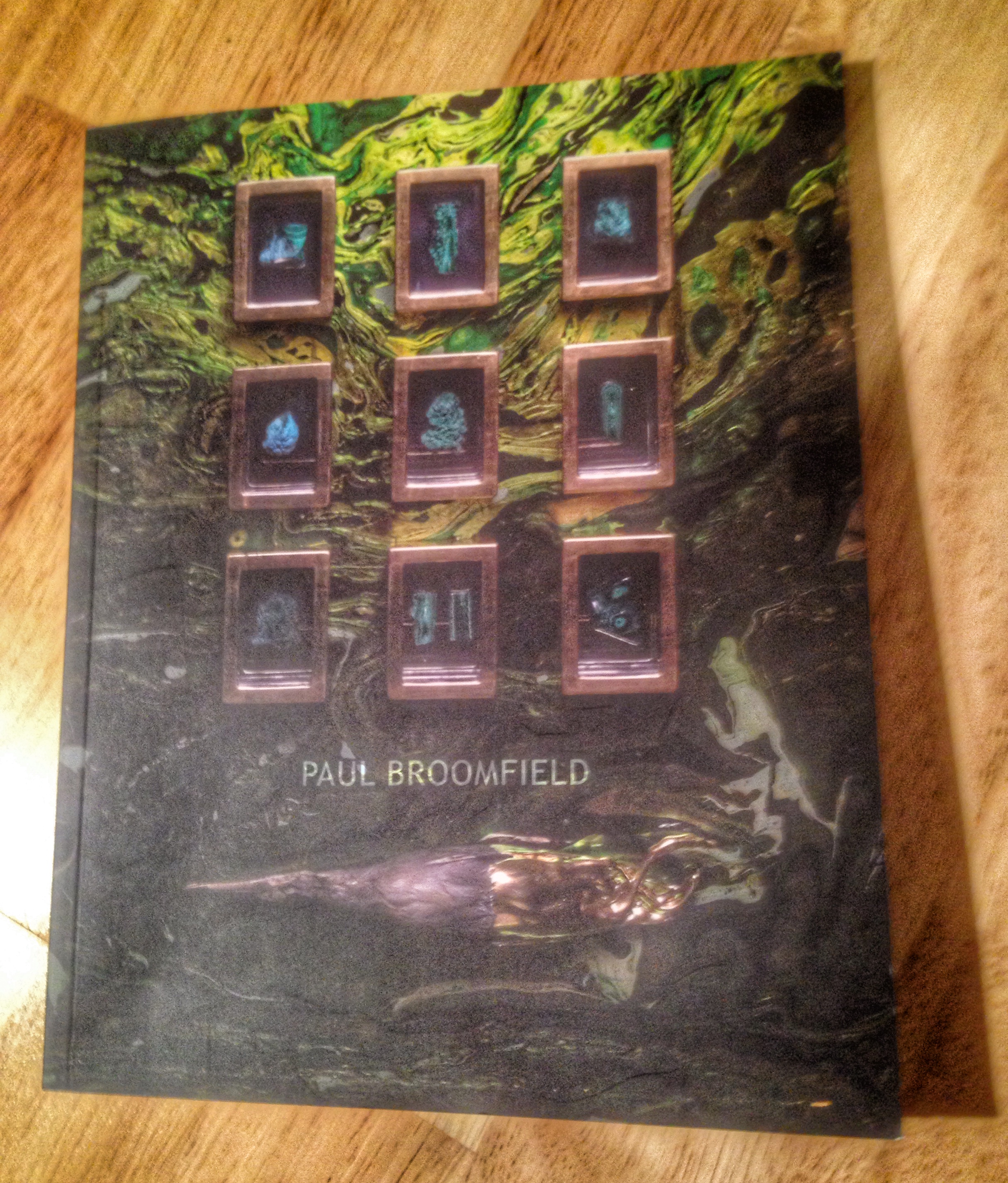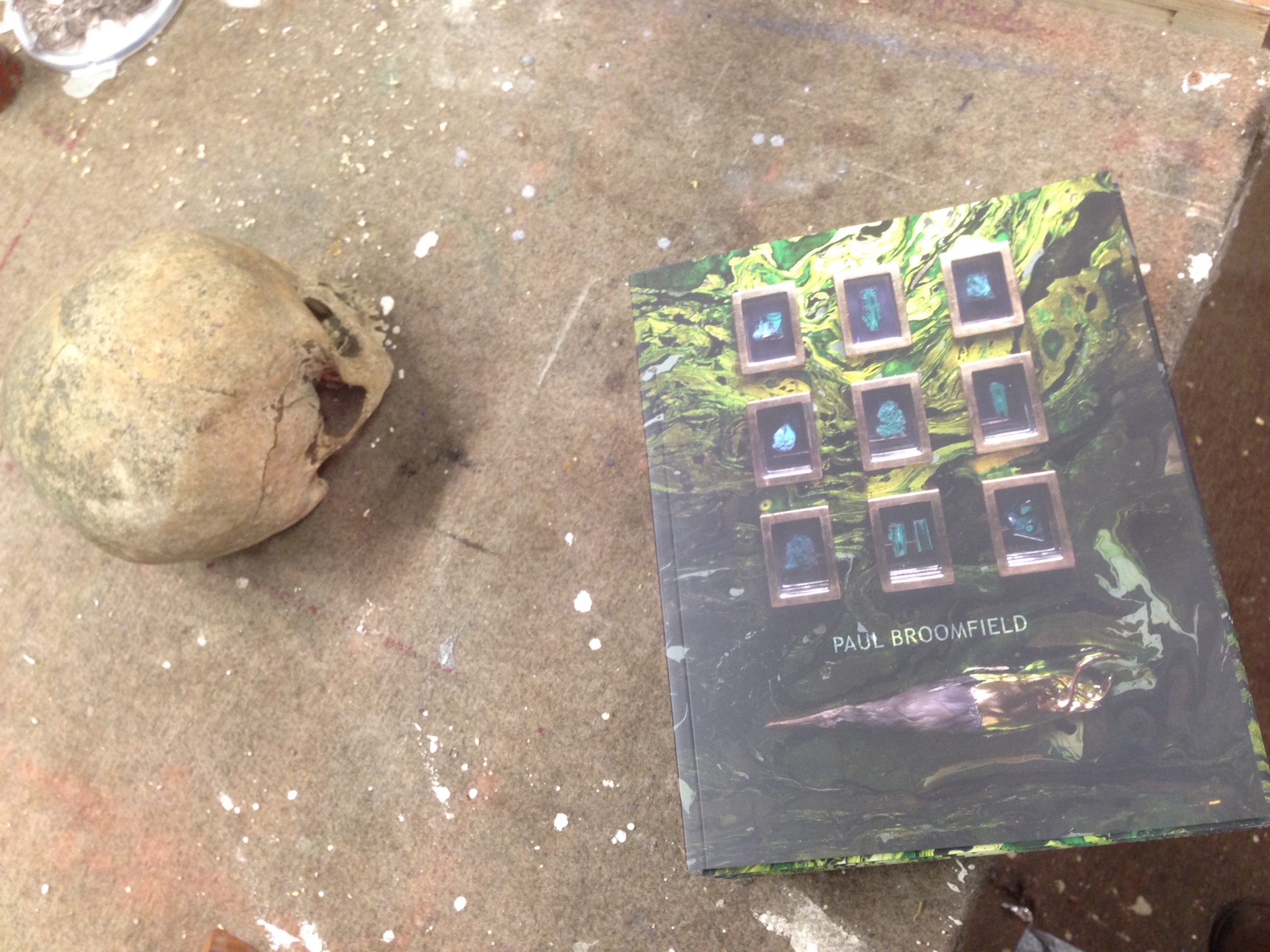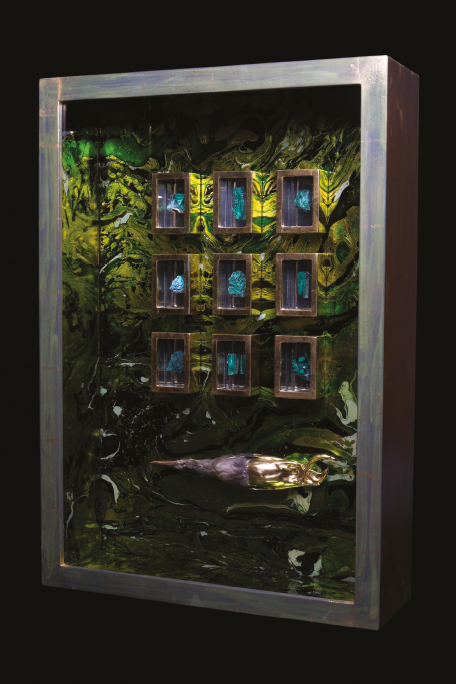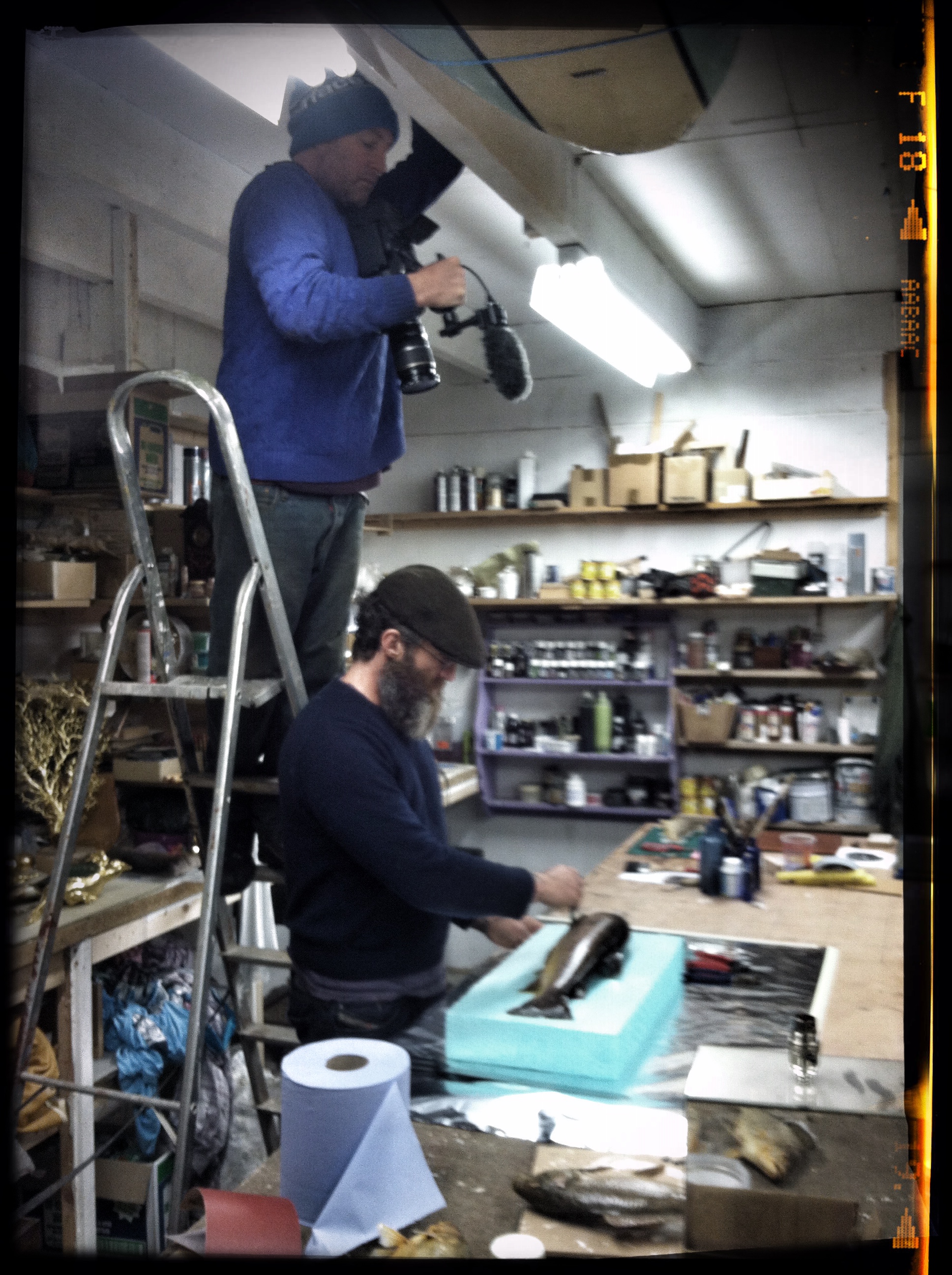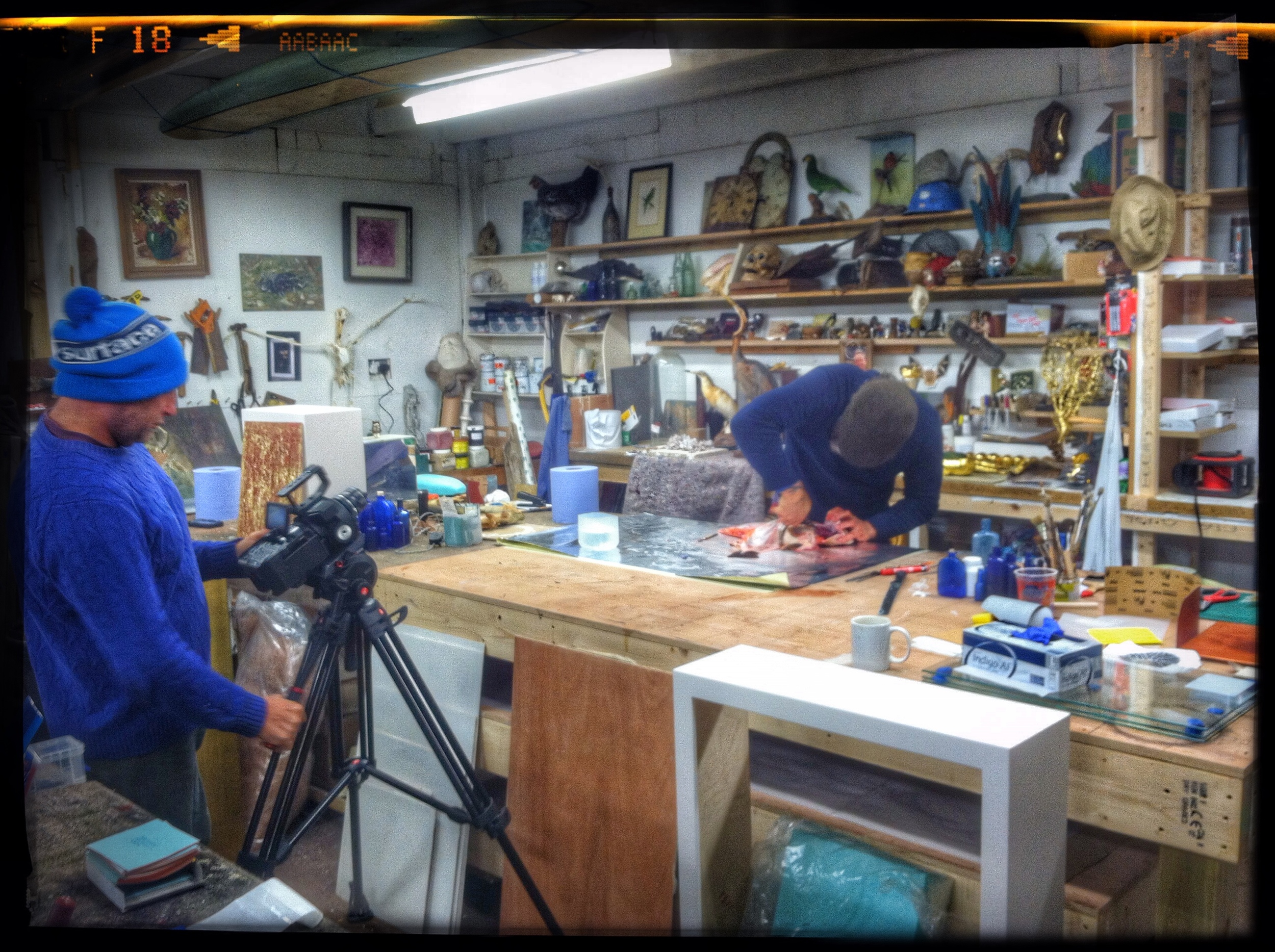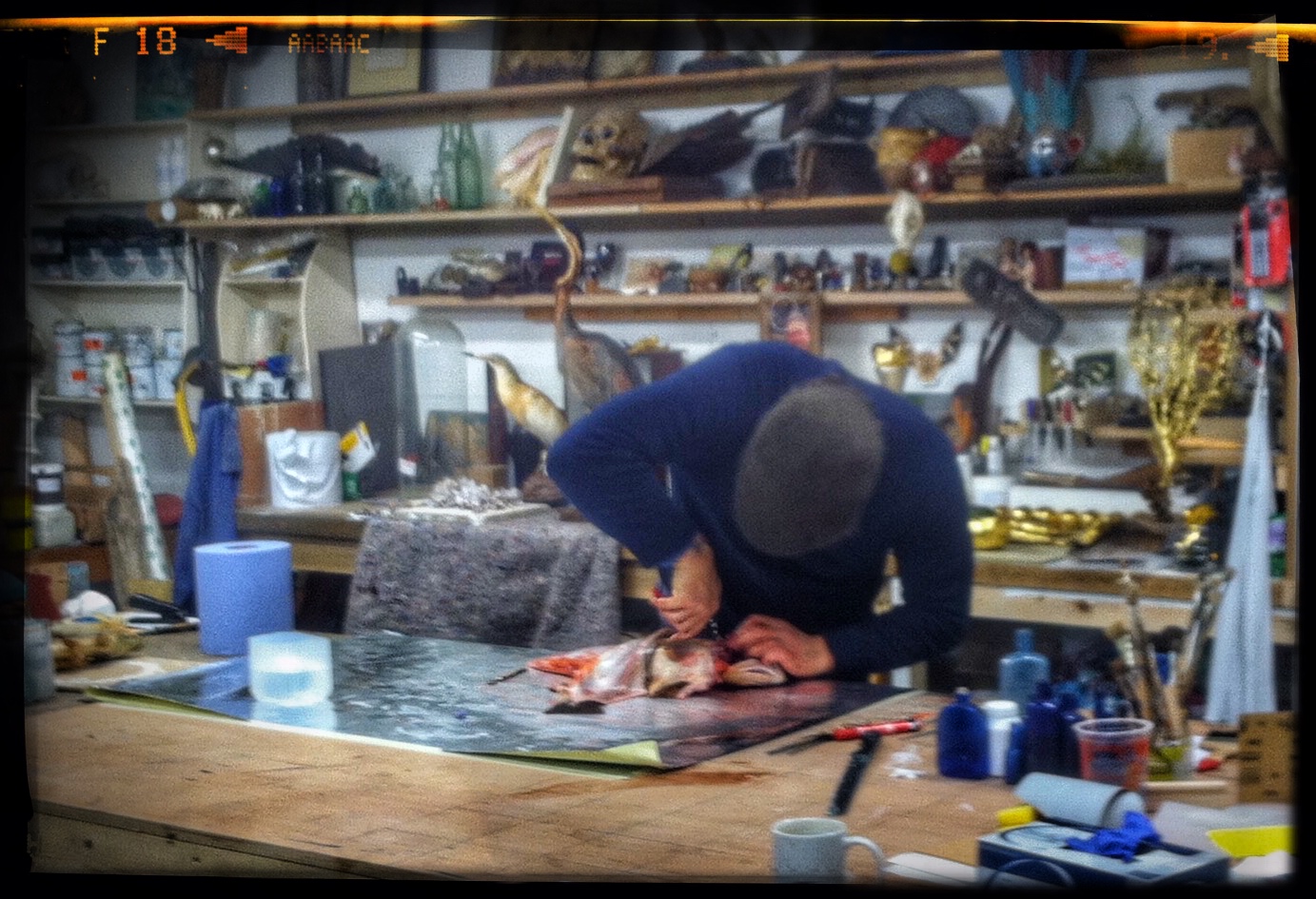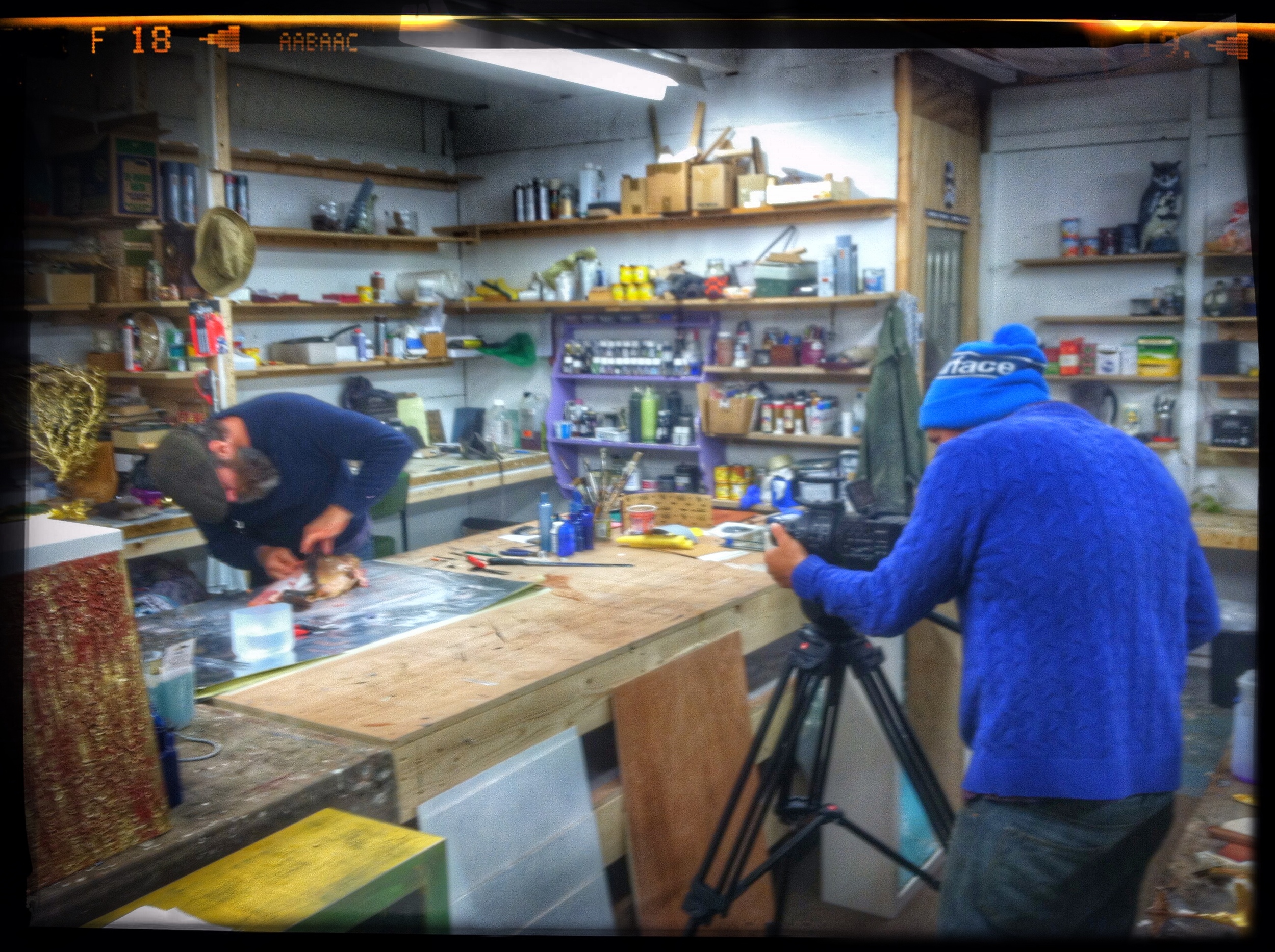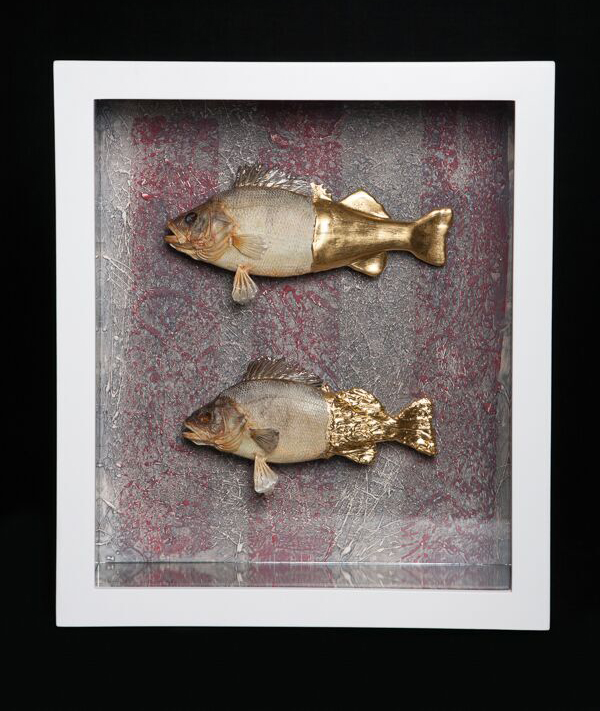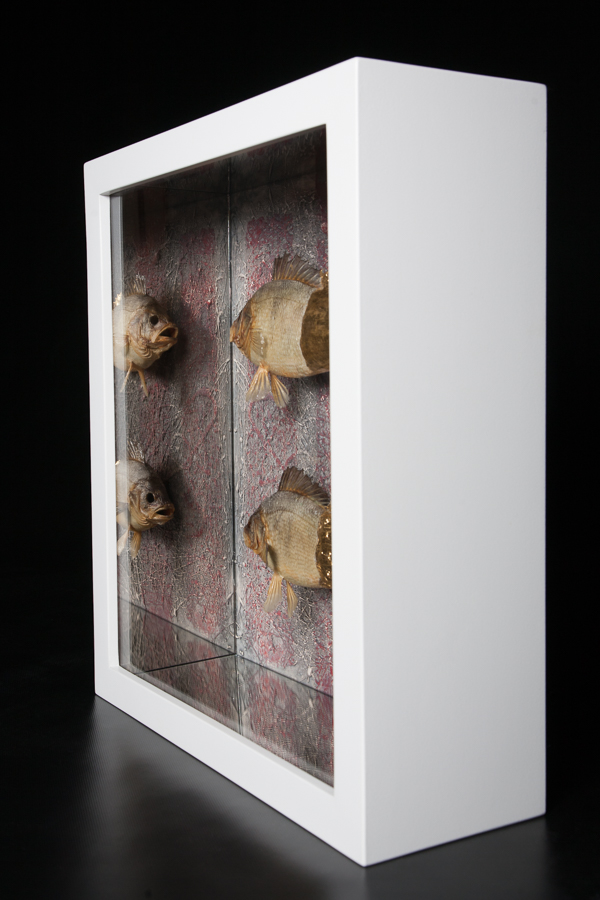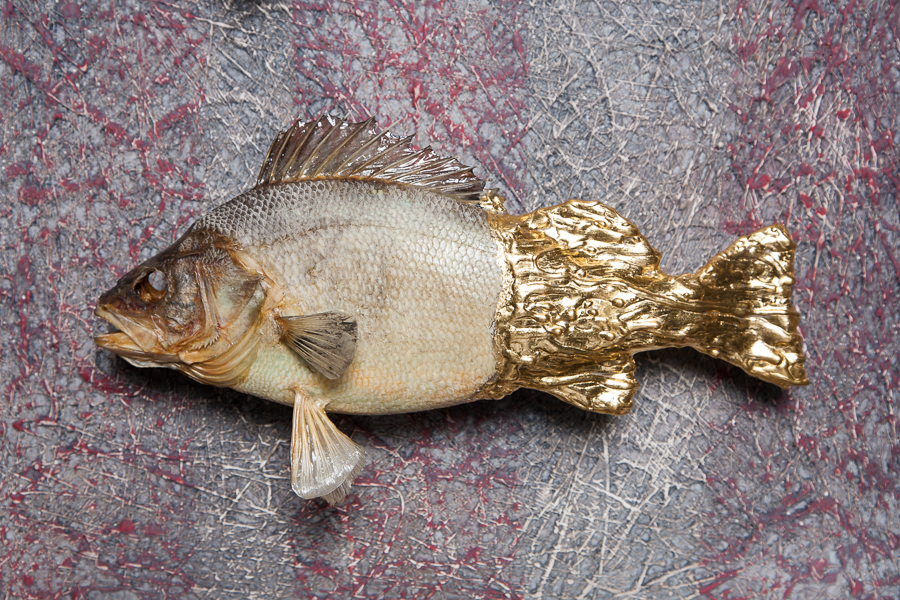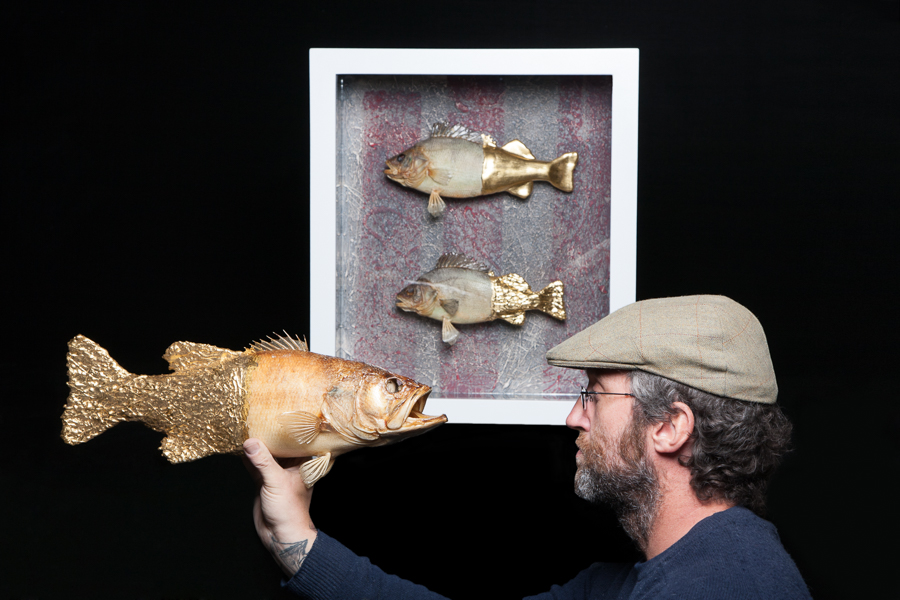One of my good friends and fellow artist is Ian Sherman - he gave a ground-breaking talk at the Royal Academy of Arts on 'outsider art', the first time this revered body has looked at this area of the art world. The panel in London was chaired by the Editor of Raw Vision magazine John Maizels, and featured Thomas Roeske, Director of the Prinzhorn Collection; Marc Steene, Director of Pallant House Gallery and Founder of Outside In; Jane England, Director of England & Co Gallery and Ian Sherman, an artist associated with the 'Outside In' project. The point of bringing them together was to consider the inclusion of Outsider Art in the commercial art market and the impact this has on artists, collectors and collections.
As a taxidermy & assemblage artist and painter, I consider myself to be an outsider artist because other than my apprenticeships & mentoring, I didn't have any formal training after I left school. Ian himself prefers to call himself an 'idiosyncratic' artist because his work is often split between two or more styles. I'm proud to have a few of Ian's assemblage pieces in my own art collection (see the gallery below).
He lives and breaths his work, and is massively prolific - with stunning oil on board pieces sitting alongside his quirky and intricate assemblage and sculptural work (like me often using found objects). His creations have been widely documented and exhibited by Pallant House gallery in Chichester.
Ian is a great inspiration to me, and I urge you to check out his work and support those of us who are creating art on the outside of an inside world. A belated happy new year to everyone on my team, family, friends and supporters.


